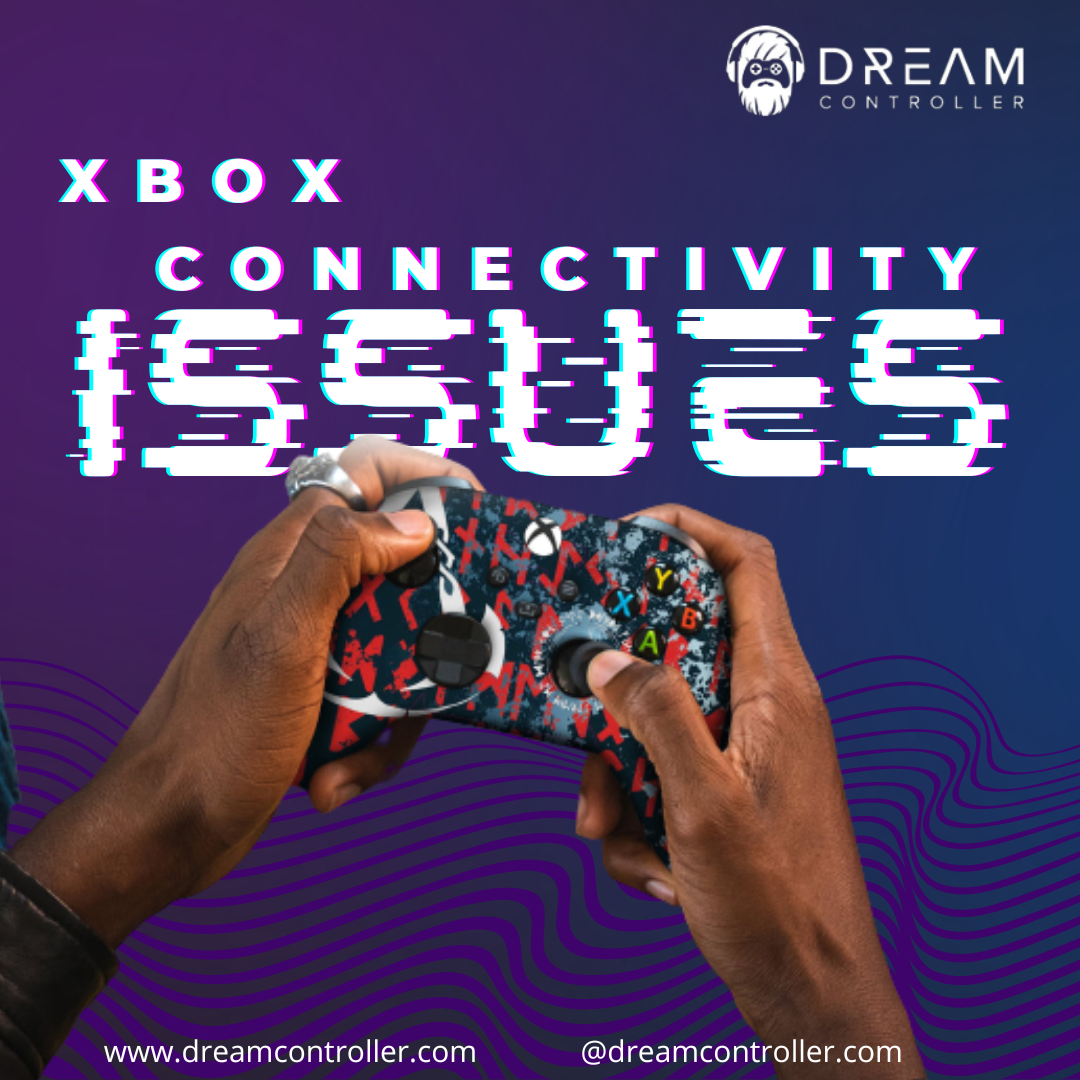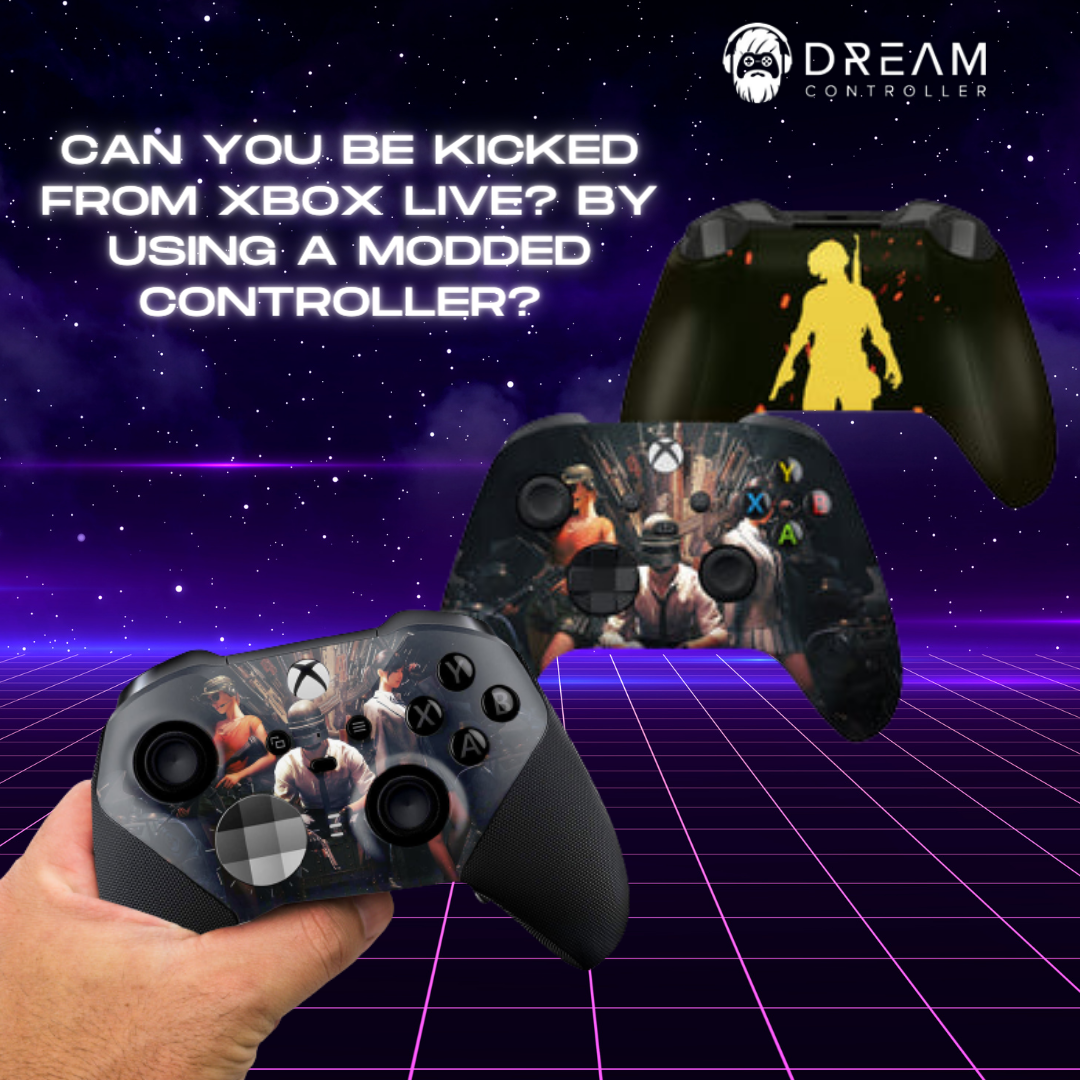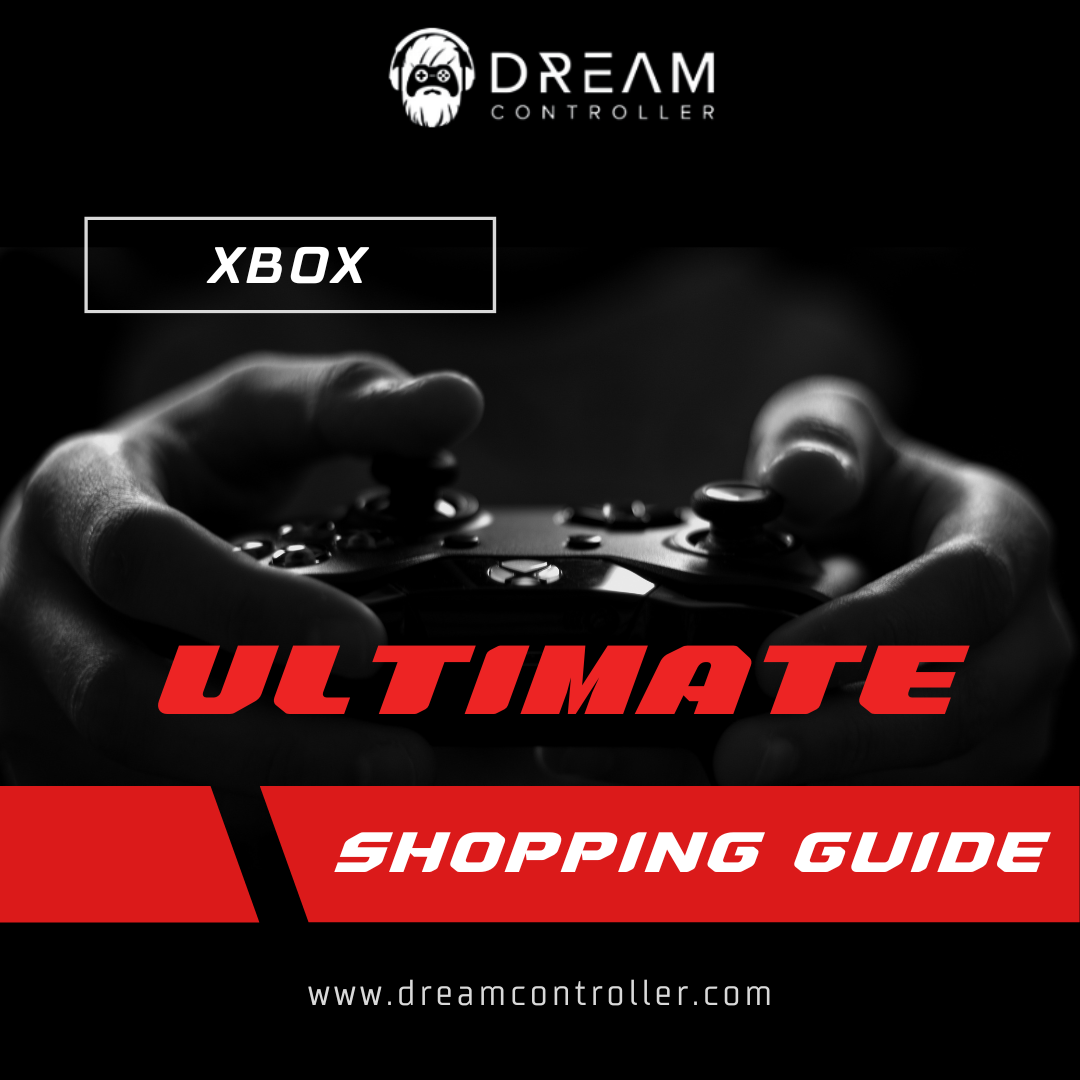How To Solve A Problem With The Wireless Connectivity Of An Xbox Controller
The wireless controller for the Xbox One is stylish, cozy, and dependable. But occasionally, it would experience problems similar to those with any wireless device: the damned thing just wouldn't connect.
Although there are only a few potential causes for an Xbox One controller not to connect to its system, the problems are typically simple to fix.
Your controller might not be functioning as a result of a low battery, outdated firmware, or possibly interference from another wireless device. We've listed several connectivity issues we've had with the Xbox wireless controller, along with how to resolve them on your own.
The wireless connection is insufficiently robust.
The majority of the time, a networking issue is to blame if your controller isn't connecting to your Xbox One console.
Make sure that nothing is obstructing the signal and that your controller is placed no farther than 30 feet from the console.
Additionally, make sure your Wi-Fi is operational because a problematic Wi-Fi router may occasionally interfere with other wireless signals in your home.
Too many controllers are directly connected.
There are only eight controllers that the Xbox One can directly support.
You must disconnect at least one other controller before your controller if it happens to be number nine, can function.
The controller's battery is low, or it is in sleep mode.
The controller might have gone into Sleep Mode to conserve battery if you were away from your Xbox One for a time.
To turn it back on, try pushing and holding the Xbox button on the controller.
If that doesn't solve the problem, a low battery can be to blame. Change the batteries in your wireless controller or attach its charging cable if you're using one. You only need to use the Xbox One Adaptive USB-C cable to charge it because it has a built-in battery.
You recently synchronized your controller with another device.
You will need to sync the controller and Xbox One console again if you recently connected your controller to another device, such as an Android phone or tablet.
You can't sync your controller because of your headset or microphone.
There are occasions when your headset or microphone, along with the connection of your Xbox One controller to the console, can cause interference.
Try taking them out before turning the controller on. Reconnect the headset and mic if the console is successfully reconnected.
You have an out-of-date Xbox One firmware.
Your controller's failure to connect to your Xbox One can also be caused by a firmware issue.
If that's the problem, you can fix it by updating your wireless Xbox One controller.
Switch off your Xbox One.
Starting and restarting the Xbox One might sometimes solve any problems you're having.
Power cycling is the process of turning a device on and off. To do this, press and hold the Power button on your console until it shuts down. Then just flip the console back.
Your connection is being interfered with by other wireless devices.
The signal of the wireless connection can be hampered by anything in the path between your Xbox One controller and the console.
Any routers, computers, microwaves, shelves, and doors fall within this category. Simply slide them out of the way to test the connectivity of your Xbox One controller.
Even peripherals attached to your Xbox One, such as keyboards, mice, and external hard drives, can interfere. Restart your console, disconnect them all, and then try reconnecting the controller.
It is time to replace your Xbox controller.
It would be time to purchase a new controller if none of the aforementioned troubleshooting techniques had worked. But first, you should rule out the possibility that the Xbox One console is the source of the issue.
If the controller works with a different console, the problem might be with your Xbox One. And the issue is absolutely not the controllers if you try to connect a different controller to your console, but it won't cooperate.
Although alternative controllers can connect to your Xbox One controller, the controller may be faulty if it won't connect to any other system. It's time to replace it.
Conclusion
It can be quite intimidating at first when you just encounter this problem. However, you can just take a deep breath and understand the situation so you can get into the fix. Sometimes the most difficult problems can be answered by a simple one, so there is no need to be stressed out; we gotcha!






Leave a comment
This site is protected by hCaptcha and the hCaptcha Privacy Policy and Terms of Service apply.